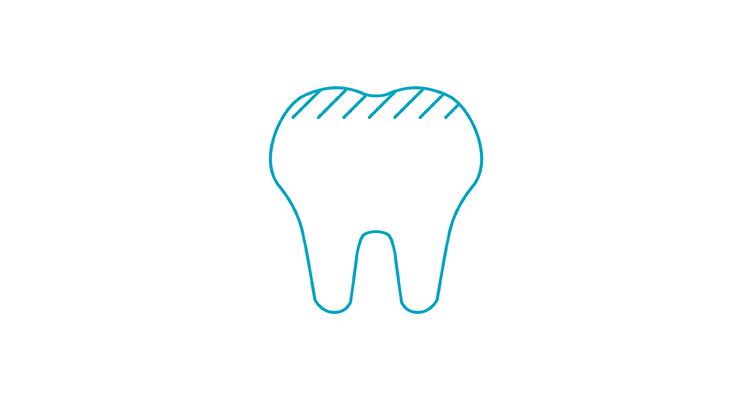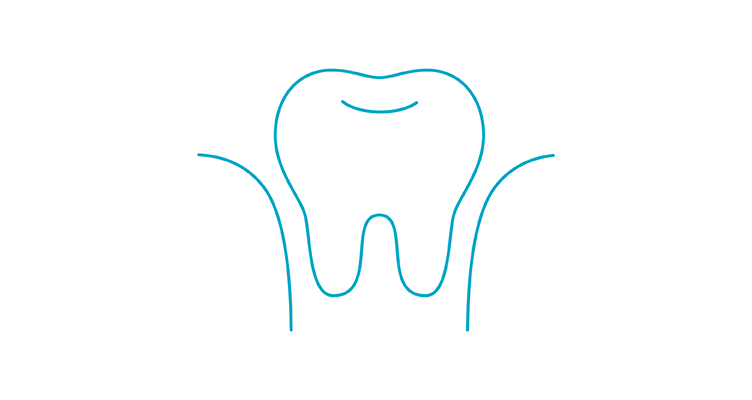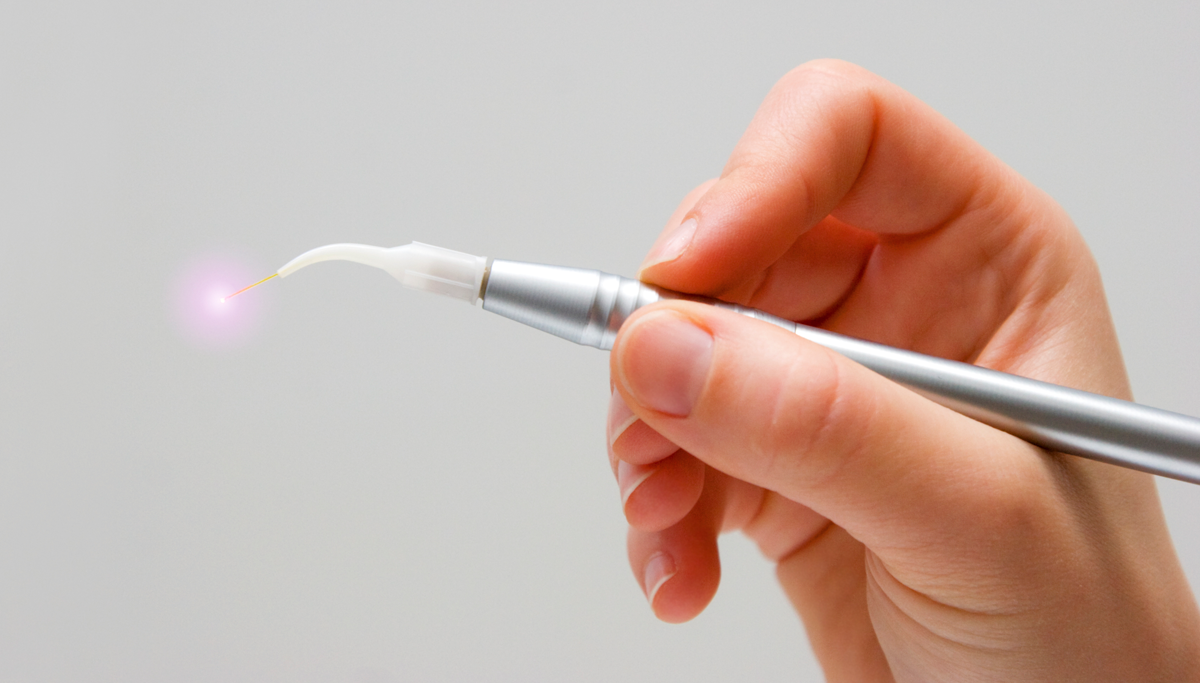Baby (primary) teeth
The facts of a tooth's life
While most babies are born without any teeth showing, the life cycle of teeth actually begins before birth. Here’s your guide to that first step — and every other step — in the life of a tooth.
Teeth begin to form in the womb just six weeks after conception. However, teeth usually don’t start emerging from the gums until babies are about 6 months old. You can expect four new baby teeth to emerge about every six months, will all 20 baby teeth are usually showing by age 2 or 3.
This cycle doesn’t last long, as baby teeth typically begin falling out around age 6 — a process that continues and keeps the Tooth Fairy busy until a child is about 12 years old.
Keep baby teeth healthy and avoid baby bottle tooth decay. Never let a young child nap or go to bed with a bottle filled with milk or a sugary liquid.
Adult (permanent) teeth
At this point, it’s out with the old and in with the new. Baby teeth are shed to make room for 32 permanent teeth. The first permanent teeth usually appear at age 6 or 7, with nearly all showing by around age 13. However, permanent tooth eruption can begin as early as age 4 or as late as age 8. Check with your dentist if you have concerns about the timing of your child’s teeth coming in.
The exception? The third molars, better known as wisdom teeth. Wisdom teeth usually emerge between ages 17 and 21. However, sometimes they appear at a later age. In other cases, one or more — or even all — wisdom teeth may never emerge.
As people age, they often produce less saliva, which can result in cavities, gum disease and brittle teeth due to dry mouth. If you have dry mouth, drink plenty of water and talk to your dentist, who may recommend a saliva substitute.
Dead teeth
With good oral hygiene habits, you may be able to keep your healthy smile for a lifetime. However, in the life cycle of a tooth, it can reach the dead (non-vital) tooth stage.
This happens when the pulp (nerves and blood vessels) inside a tooth is damaged by untreated decay or injury. The blood supply to the tooth is cut off, causing infection and death of the nerve in the pulp. The tooth may die quickly. Or it may take a few months or even years.
Look for these signs of a dead tooth:
It’s important to treat a dead or dying tooth early. Left untreated, bacteria can spread, potentially damaging the jaw and gums and infecting other parts of the body.
Can a dead tooth be saved? If the tooth is mostly intact, a root canal that removes the pulp and infection, plus a filling or crown, may keep the tooth functional. However, if the dead tooth is too damaged, it may need to be removed and should likely be replaced with an implant, denture or bridge.
Brushing twice a day with fluoride toothpaste, flossing daily, eating a healthy, balanced diet, seeing your dentist regularly and wearing a mouth guard during contact sports and activities are the best ways to reduce your risk of developing a dead tooth.
Make sure to see your dentist right away if you suffer a tooth injury or suspect you have a dead or dying tooth.










